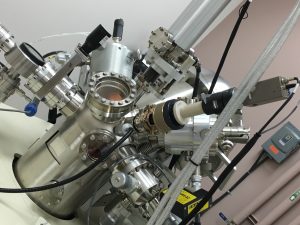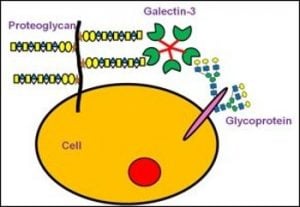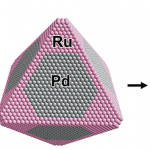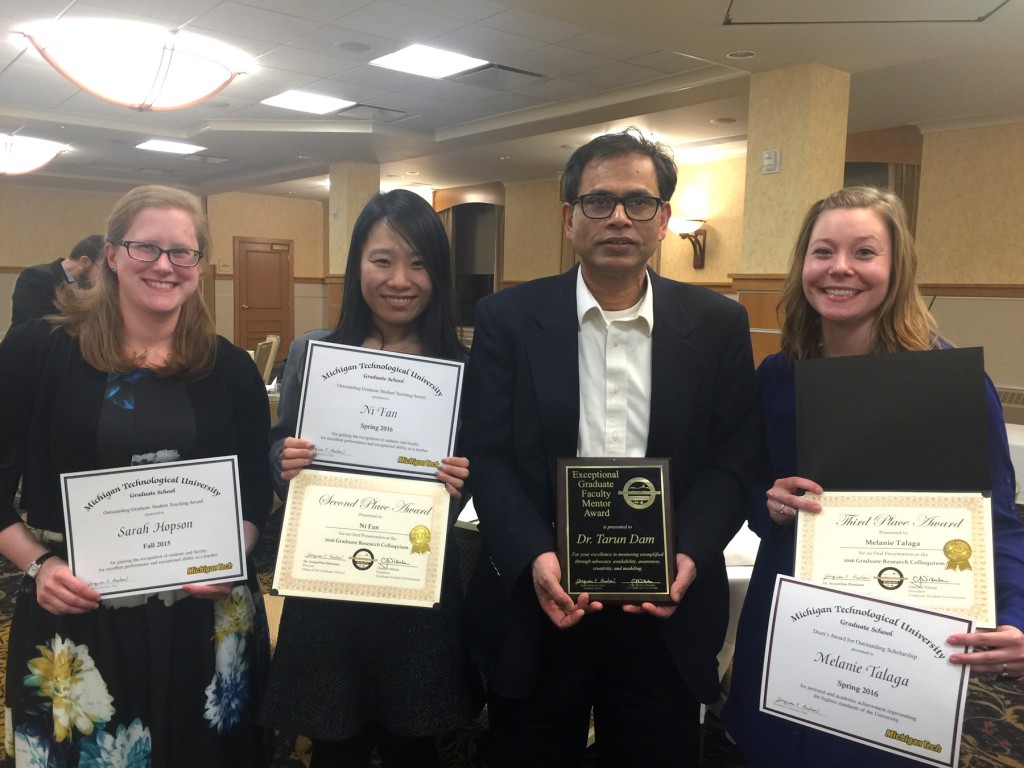 There is something very noble about Xiaohu Xia’s research. He wants to use palladium, platinum, ruthenium and other corrosion-resistant metals to refine tests to detect biomarkers for cancer and infectious diseases. To do so, he plans to use nanostructures made of these noble metals that mimic natural enzymes and has earned a CAREER Award from the National Science Foundation (NSF) to focus on this research.
There is something very noble about Xiaohu Xia’s research. He wants to use palladium, platinum, ruthenium and other corrosion-resistant metals to refine tests to detect biomarkers for cancer and infectious diseases. To do so, he plans to use nanostructures made of these noble metals that mimic natural enzymes and has earned a CAREER Award from the National Science Foundation (NSF) to focus on this research.
The grant covers five years, totaling $457,783, and enables Xia to dig deep into the structure-property relationships of the bimetallic peroxidase mimics at the atomic level. Even small changes in nanostructures can produce big results, demonstrated by his lab with improvements in the catalytic efficiencies of iridium-coated palladium and ruthenium nanostructures.
Read the full story on the Michigan Tech news website.





